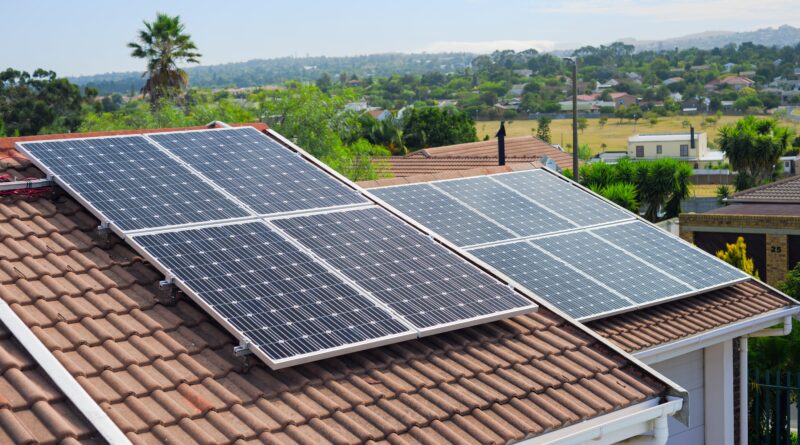The Incentives of Certified Builds
Third-party certifications increase the value and desirability of a home
By Hanna Heiss
With 2021 having marked the highest level in history for global carbon dioxide (CO2) emissions, it is necessary that we take action. Energy efficiency starts from day one of the construction process. It should precede all else. All aspects of energy efficiency matter, everything adds up.
The building industry, being a powerhouse of production, produces massive amounts of energy. According to a report by the World Building Council, “building and construction are responsible for 39% of all carbon emissions in the world, with operational emissions (from energy used to heat, cool and light buildings) accounting for 28%,” with the remaining 11% coming from carbon emissions associated with the materials and construction utilized for the entirety of the building’s lifetime.
However, there are various challenges builders and developers may experience throughout the process and cost seems to top the list. The perception of alternative building materials being a sizable cost can be misleading. Energy expenditure is measured by the process as a whole, this includes the life of the home/unit. Being that energy efficiency has value in terms of the utility cost savings, these improvements have significantly higher values.
In a study conducted by the University of California, Berkeley, it was found that California homes with green certifications are valued at 9% higher than those that aren’t certified. This means considerably higher home/unit prices and leases.
Now the question presents itself: what is a green building certification? “A green building certification verifies that a building has met environmental, energy, human health and other standards in its design, construction and performance,” says Mark Simon, FAIA, Partner, Centerbrook Architects in an article published by Yale University.
Certifications are made available to pursue and obtain by third-party organizations. Organizations and certifications include: Wellness Within Your Walls’ (WWYW) Certification, National Green Building Standard’s (NGBS) Green certification, International WELL Building Institute’s (IWBI) WELL, Build It Green’s GreenPoint Rated, Passive House Institute of the U.S.’s (PHIUS) Certification, Residential Energy Services Network’s (RESNET) Certification, U.S. Department of Energy’s Zero Energy Ready Home (ZERH), U.S. Environmental Protection Agency’s and DOE’s ENERGY STAR, EPA’s WaterSense and Indoor airPLUS and more.
The most widely used green building rating system in the world is USGBC’s Leadership in Energy and Environmental Design (LEED) certification. LEED is available for all building types to pursue in various categories.
What we’re zeroing in on here is LEED’s Building Design and Construction category. Certifications levels include Certification, Silver, Gold, Platinum and Zero. LEED certifications have a wide array of environmental benefits including 34% lower CO2 emissions, consume 11% less water, average an 89/100 ENERGY STAR score, consume 25% less energy and more.
The steps to certification are to register, verify, review and certify. Data required for the verification to certification process ranges from soil data maps and historical documents to plant preservation plans and transit schedule and more. Supporting verification may be required to achieve additional third-party certifications.
Third-party certifications increase the value and desirability of a home. In the study mentioned earlier by UC Berkeley, it was found that a typical California home valued at $400,000 sells, on average, 8.7%, or $34,800 more when having acquired a green certification.
For buyers, there are incentives to both buying a new energy efficient home and retrofitting an existing home. The Inflation Reduction Act of 2022 has been passed and signed into law. The section regarding housing can be found on pages 367-370 of the Act. Section 13304: extension, increase and modifications of new energy efficient home credit has an end date of December 31, 2032.
The Act includes a new energy-efficient home credit of $2,500 for ENERGY STAR Certified homes and a credit of $5,000 for ZERH homes, $9 billion in consumer home energy rebate programs for low-income consumers to electrify appliances and energy-efficient retrofits and a $1 billion grant program to make affordable housing more energy efficient.
With the green certification incentive of higher selling prices and the environmental benefits of green and energy efficient building as well as buyer tax credits, it only seems right that the building and construction industries move in the direction of green building.
Hanna Heiss is Editor of Green Home Builder Magazine. She can be reached at hanna@builder.media.

